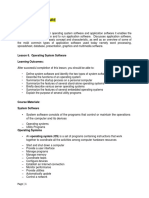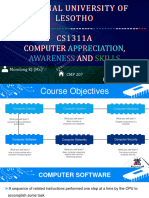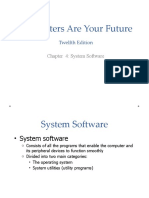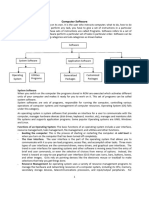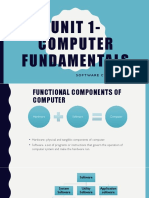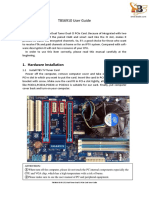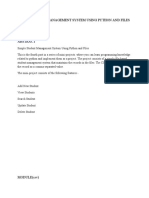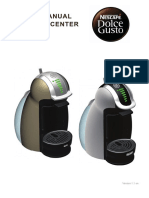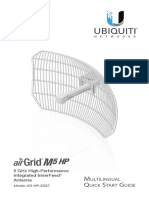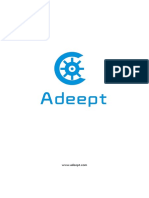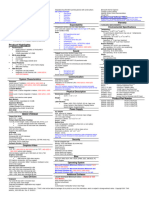0% found this document useful (0 votes)
48 views5 pagesSA101 Module 1
The document provides an overview of computer systems, detailing key components such as hardware, software, and peripherals. It discusses backing storage types, including magnetic, optical, and solid-state storage, along with their advantages and disadvantages. Additionally, it covers the functions and types of operating systems, core components, common operating systems, and various software utilities for system optimization and maintenance.
Uploaded by
DeeCopyright
© © All Rights Reserved
We take content rights seriously. If you suspect this is your content, claim it here.
Available Formats
Download as PDF, TXT or read online on Scribd
0% found this document useful (0 votes)
48 views5 pagesSA101 Module 1
The document provides an overview of computer systems, detailing key components such as hardware, software, and peripherals. It discusses backing storage types, including magnetic, optical, and solid-state storage, along with their advantages and disadvantages. Additionally, it covers the functions and types of operating systems, core components, common operating systems, and various software utilities for system optimization and maintenance.
Uploaded by
DeeCopyright
© © All Rights Reserved
We take content rights seriously. If you suspect this is your content, claim it here.
Available Formats
Download as PDF, TXT or read online on Scribd
/ 5














